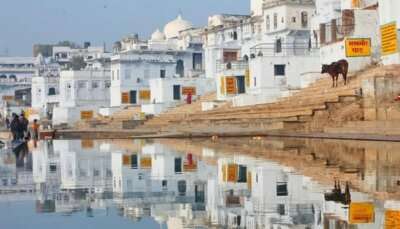Khazan Land In Goa To Explore The Unique Coastal Ecosystem In 2026
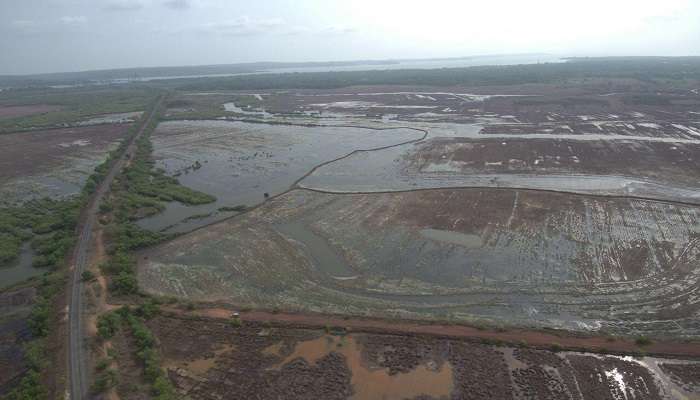
The Khazan land of Goa can be described as a realm of Nature and things created by people. These natural reserves, preserved for centuries and in their authentic form, make it possible to observe the world uniting the sea and the land. The things that you will be able to learn as you discover these tidal wetlands are the biological characteristics of the Khazan land, the agricultural activity of the place, and the natural beauty linked to the Goan Khazan land.
About Khazan Land
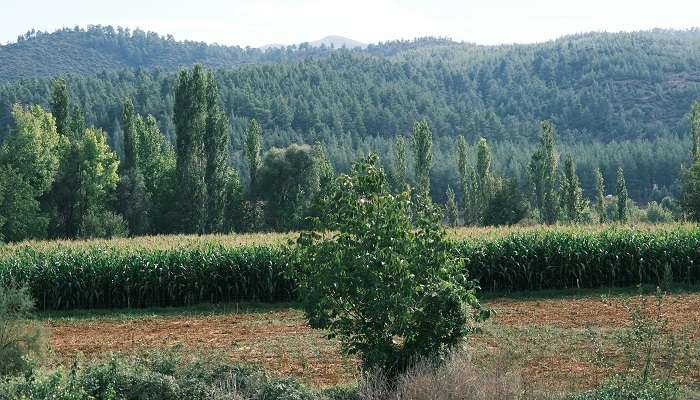
Khazan land, or khajan or cajan, is a typical kind of land found in the coastal region of Goa. These shallow areas are within the reclaimed swamp lands, and these areas have, in the past, been used for rice and fish farming. The Khazan system is much older than three and a half thousand years and was formed by local people to use tidal waters.
The geography of Goa states that Khazan lands occupy a significant position in the eco and economic system of Goa. They also act as barriers to floods, contribute to the continuation of different plant and animal forms, and are essential food sources for farmers and fishermen. Khazan Land has the possibility of showing how the constant and reasonable use of land can be maintained in the delicate relations between people and the processes of the natural environment.
Also Read: Aguada Fort In Goa
Places To Visit In Khazan Land
Currently, several wonderful and fascinating attractions can be seen in the Khazan lands of Goa. Every place provides a brief idea about this magnificent biosphere and its significance in world culture. Here are some top spots to include in your Khazan land tour:
1. Dr. Salim Ali Bird Sanctuary, Chorao Island
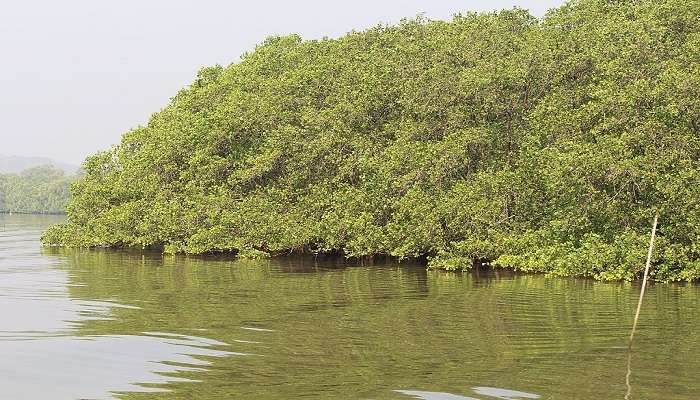
On Chorao Island, one of the best examples of biodiversities of Khazan land is the Dr Salim Ali Bird Sanctuary. This wetland has the largest mangrove swamp, and many bird-watching tourists and nature lovers visit this place. When canoeing through the narrow water courses with a slender width, one may see several native and migratory birds, including kingfishers, herons, and cormorant birds. There are also crocodiles, otters, and any kind of fish that are used to give a general feeling of the Khazan ecosystem in the sanctuary.
Timings: 6:00 AM to 6:00 PM daily
Entry Fee: ₹20 for Indians, ₹100 for foreigners (boat rides extra)
Distance: 10 km from Panaji
2. Divar Island
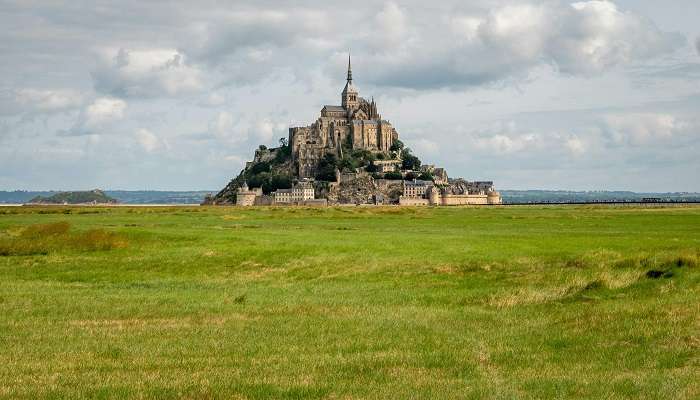
Divar Island is an attempt at a slightly more conventional Goan existence situated firmly within the premises of the irrigated tracts of the Khazan lands. It has beautiful Portuguese-style houses, shrines, temples, and green rice cultivation farmlands. Ride some of the island’s thin roads to see the Khazan farming firsthand. It also houses the Church of Our Lady of Piety on the hilltop, from which one can view the wetlands and the Mandovi River.
Timings: Open 24 hours (individual site timings may vary)
Entry Fee: Free (ferry charges apply)
Distance: 12 km from Panaji
Related Post: Beach Resorts In Goa
3. Cumbarjua Canal

Cumbarjua Canal, as explained, is one of the best places to study the workings of the Khazan system from close quarters. This artificial river was created where the Mandovi and Zuari rivers met and flowed through the mangrove forests and the Khazan fields. Take a boat ride to see fishermen at work and crocodiles lying on the banks, and understand how the sluice gates work and regulate the water in Khazan lands.
Timings: Best visited during daylight hours
Entry Fee: Varies by tour operator
Distance: 15 km from Panaji
4. Carambolim Lake

Carambolim Lake, located between the Khazan paddy fields, is a bird-lover’s paradise. This freshwater lake is home to many residents and migratory birds that flock to the area, especially during the cold period of the year. Karmali Railway Station is close to the lake and is perfect for observing the lake and the birds’ migration. It is more advisable to go bird-watching during the morning hours.
Timings: Dawn to dusk
Entry Fee: Free
Distance: 13 km from Panaji
Related Post: 10 Romantic Beach Resorts In India
5. Ribandar Causeway
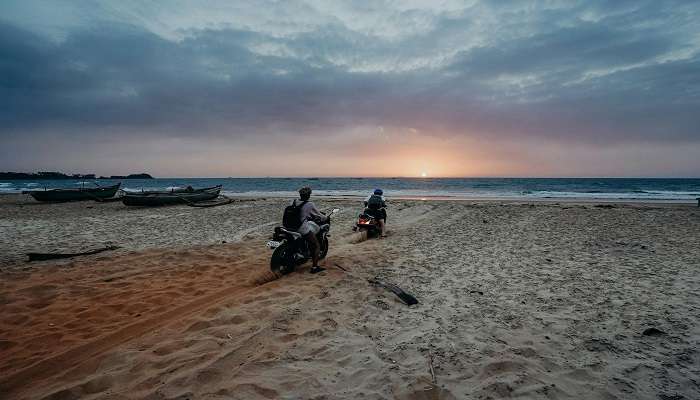
The Ribandar Causeway, which connects Panaji to Old Goa, provides a bird’s eye view of the Khazan lands. This 3.2-kilometre-long bridge boasts good photo opportunities of the marshlands on the side of the river, the fishing trawler boats, and the beautiful Mandovi River. It required that drivers stop halfway to view the fishermen moving around and also look at the calm view of the lake. The walking on the causeway is lovely at night, and one can even take nice pictures.
Timings: Open 24 hours
Entry Fee: Free
Distance: 6 km from Panaji
How To Get There – Khazan Land

Several Khazan lands are spread in different parts of Goa, a state in western India. Most of these lands are located near the coastal belt of Panaji, the state capital of Goa.
By Air: The Dabolim Airport is the closest airport to Panaji, approximately 30km away. You can take a taxi or bus to various Khazan land locations.
By Rail: Karmali railway station is nearer to most Khazan sites than any other railway station. Karmali has daily trains that connect with other cities in India.
By Road: The bus service is quite advanced in Goa, and virtually all the major towns and villages have a bus service. To be more flexible, it is recommended that you rent a car or a scooter to get around the fields of Khazan.
By Boat: It is a general rule that most Khazan sites are on islands, and one must take a ferry. Ferries are always available and help link Panaji to some islets, including Chorao and Divar.
You May Also Like To Read: Coco Beach
Khazan land is a perfect combination of the geographical, historical, and environmental attractions, which can be defined as follows: The coastal wetlands that you shall be crossing shall be pleasing to the eye, but at the same time, they shall be educating you on the proper use of the land as practised for the last 2000 years in the regions. It will be somewhat regretful if you fail to grab this chance and explore this unknown corner of Goa. So pack your bags and plan a trip to Goa today to discover this beautiful coastal biographical region.
For our editorial codes of conduct and copyright disclaimer, please click here.
Cover Image Source: Facebook
Frequently Asked Questions About Khazan Land
When is the best time to visit Khazan lands in Goa?
The best time to plan a tour of Khazan Lands is between November and February because of the low humidity levels. This is the best time of the year for weather since bird watching is advised, especially for migratory birds.
Are the Khazan lands comfortably for tourists?
Yes, it is relatively comfortable for tourists to visit Khazan lands. Still, it is vital to respect local laws, especially when near water sources or doing crazy things. However, it is recommended that the person go there with prior information from someone.
Are fish allowed in the Khazan territory?
While traditional fishing is done in Khazan lands, tourists are prohibited from fishing. The local citizens enjoy fishing; therefore, you can spend some time documenting the actual fishing approaches utilized in the region or finding a consultant who can give you a detailed description of such practices.
Can we find accommodation close to the Khazan lands?
Though only a few hotels are located inside the Khazan areas, several hotels and lodges are in the surrounding towns of Panaji, Old Goa, Ribandar, etc.
How many days does it take to tour Khazan lands?
The overall tour of the big Khazan sites may take 1- 2 days. But if one is keen on nature observation or photography, spending several days on the island is possible.
People Also Read:
Best Tourist Places To Visit In Goa Offbeat Things To Do In Goa Hidden Places In Goa

Unveil the hidden treasures of the globe and turn every travel dream into reality. As a Content Writer, I am passionate enough to craft stories from ancient wonders to modern marvels. My words paint the picture-perfect itinerary for unforgettable experiences. Let my words be your trusted guide to immerse in the diverse culture and discover the beauty of the unknown.




